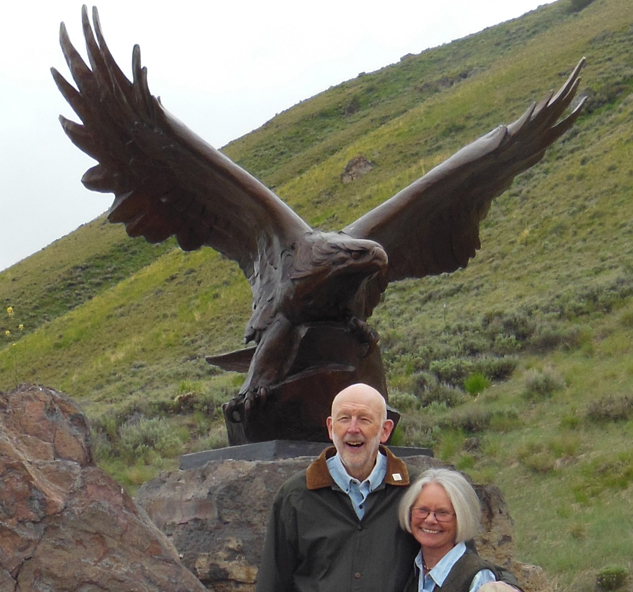Nature has designed just one pattern for vertebrate mammals.
Variation in the length and shape of the bones indicate how and where an animal lives, feeds, runs,
crawls, hops, and exists on this planet. All of the approximately 4,500 known living species of mammals
fall into one or another of 18 orders and all species can be compared to and realized by knowing one pattern.
Variation in the length and shape of the bones indicate how and where an animal lives, feeds, runs,
crawls, hops, and exists on this planet. All of the approximately 4,500 known living species of mammals
fall into one or another of 18 orders and all species can be compared to and realized by knowing one pattern.
The artist must understand the skeletal structure of animals and
know how to use the one pattern inherent to all mammals.
Below is an image of two mammals; a human
and a quadruped. . . showing nature's one pattern for vertebrate mammals.
Typically, the first animal figure that the art student uses as a model is the horse.
Much can be learned by understanding and using comparative anatomy to establish
correct proportion while modeling any animal.
Domestic cats can give insight into lions, cheetahs, tigers, cougars, etc.
Much can be learned by understanding and using comparative anatomy to establish
correct proportion while modeling any animal.
Domestic cats can give insight into lions, cheetahs, tigers, cougars, etc.
Below, is a clay model of a cougar sculpture in progress . . . the animal uses it's long, heavy tail for balance.
Unlike most quadrupeds, a cat's shoulder blades or scapula are so loosely attached
to the ribs that they can push up above the spine when the animal crouches.

Cat in the Creamery
8"H 16"L 7"D
Unlike most quadrupeds, a cat's shoulder blades or scapula are so loosely attached
to the ribs that they can push up above the spine when the animal crouches.

Cat in the Creamery
8"H 16"L 7"D









































